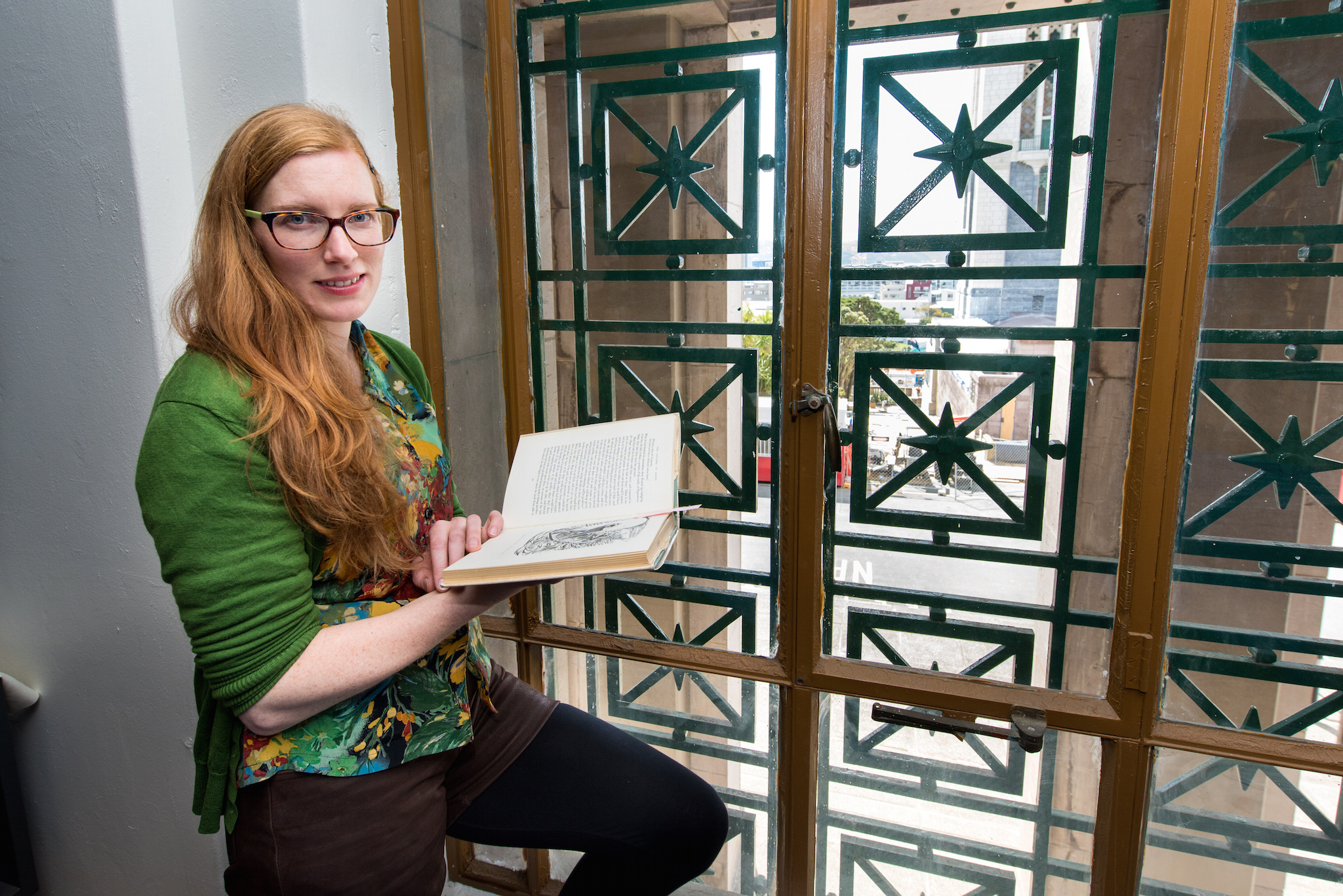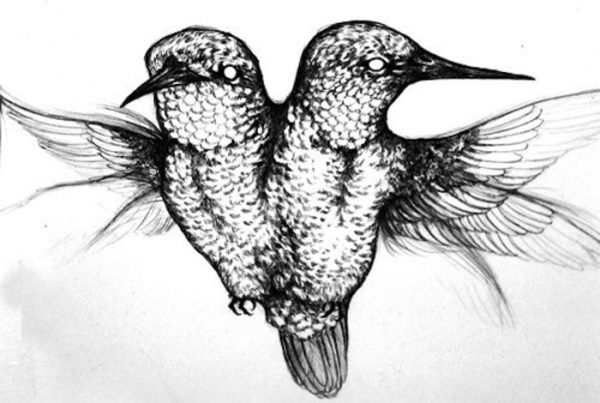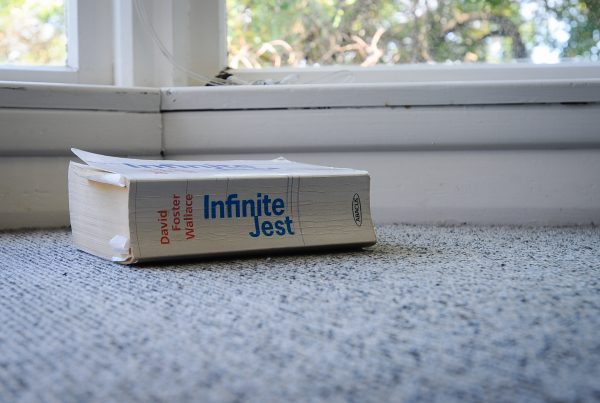
That station housed the New Zealand end of the COMPAC cable, one part of a network that transmitted communications — and strengthened geopolitical ties — between the Commonwealth countries. It was the precursor of the Southern Cross cable, now housed in the same complex and currently at the centre of a row over spying and our government’s role in international surveillance.
The mural is being reassembled by Wellington artist Bronwyn Holloway-Smith at Massey’s main campus building, the old Dominion Museum, in a studio that looks down on the chaos of the Memorial Park construction site. Holloway-Smith, who is in the first year of a PhD on “the cultural significance of the landing sites of the Southern Cross cable”, had heard about the mural in the course of her research, but knew it was no longer on display.
“It had been removed,” she says, “because it was deteriorating.” So she asked the station manager where it might be. “He went out and looked, and found the tiles in boxes.” Holloway-Smith, who increasingly thinks of herself as an art detective (“or an investigative artist — that’s my Twitter handle”), got agreement from Telecom, the putative owner of the tiles, to transport them to Wellington for restoration. “I ended up going up to Auckland and driving them down in a rental car. I didn’t want to trust them to a courier.” Friends and family have since joined her for a series of working bees in which they painstakingly chipped off old cement and tidied up the tiles.
In her studio, Holloway-Smith has hung up a dragnet — pun intended — and stuck onto it, one by one, photographs she has taken of the tiles. A similar process is happening up in Auckland, in the offices of an advertising agency. It’s one way of bringing the mural back into the light. The tiles themselves will also, she hopes, be put on display once more. “I’d like to see [them] installed at the Takapuna Library, which is right on top of where the Southern Cross cable comes in. I feel like there would be a really good place for [them].”
It’s not just a matter of restoring a mural. Holloway-Smith worries that spying, surveillance and technology are intruding into our lives like never before; either our spy agencies or America’s have almost certainly tapped the Southern Cross cable for our private data. Yet New Zealanders seem quite unbothered, for the most part. Perhaps, she thinks, art can spark something, playing on the metaphorical connection between the Southern Cross cable and the rope Māui used to fish up the North Island. Both were tiny strands of fibre that possessed a far-reaching power. Both were deployed with good intentions but later — some would argue — were marred by controversy and division.
The mural, Holloway-Smith says, embodied a mid-20th-century optimism about New Zealand being joined up to the world. The idea was that “even if we are really isolated, we can get out there and participate in global culture. But for me, what has happened in the last few months, is more questions… there’s a sense of danger. We may be fishing up the world, but at what cost? It isn’t a gift, necessarily. It’s a very useful tool, but you need to be a bit worried about it.”




